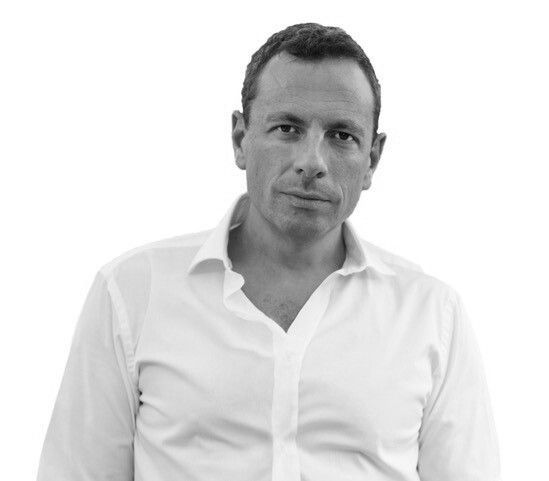Dr. Stefano Troiani & Dr. Marc Geserick


Dr. Stefano Troiani
Spain
- Degree in Dentistry at University "La Sapienza", Rome 110 on 110
- Diploma of specialist in orthodontics at the Royal Dental College, Århus, Denmark
- Master of Science with the Thesis "Influence of incisors proclination on the development of gingival recessions" at the Royal Dental College, Århus, Denmark
- 2 years Roth-Williams postgraduate Course
- 1996-2000 - Own dental private practice in Rome
- 2000-2003 - Full time studentship at the school of specialization in orthodontics of Royal dental college, Århus
- 2003-2004 - Part time position as specialist in orthodontics at the Center for interdisciplinary treatment of multiple aplasia of the county of Århus, Denmark
- 2003-2005 - Part time position as specialist in orthodontics at the Center for treatment of Juvenile Rheumatoid arthritis, Royal dental college, Århus
- 2005-2007 - Part time position as clinical assistant professor at the school of specialization in orthodontics at the Royal dental college of Århus
- 2008-2009 – Consultant orthodontist for the department of orthognathic surgery of the hospital "Sønderborg Sygehuset" – Sønderborg - Denmark
- 2008-2018 – Consultat orthodontist for the department of orthognathic surgery of the hospital "Odense Universitetshospitalet" – Odense, Denmark
- 2003-2017 – Private practice in Denmark
- 2011-present – Private practice in Germany
- 2017-present - Private practice in Switzerland
- Over 10.000 cases treated
- Lectured in more than 150 international congress and courses
Memberships:
- SSO (Swiss Dental Society)
- EOS (European Society of Orthodontics)
- AAO (American Association of Orthodontist)
- WFO (World Federation of Orthodontics)
Dr. Marc Geserick
Germany
- Dental studies at the University of Ulm, Germany
- Specialist dental training at the University of Basel, Switzerland
- Postgraduate legal studies in medical law
- Private practice since 2005 in Ulm, Germany
Stays abroad:
- University of Kandy, Sri Lanka
- University of Tsurumi, Japan
- University of Southern California, US
Vocational training:
- Bioesthetic Level I-II
- Roth/Williams postgraduate; two-year programme
- SWING philosophy postgraduate under Dr Javier Frenk
Lecturing activities:
- Worldwide lecturer since 2006
Publications:
- Survival of retained permanent canines after autotransplantation: A retrospective cohort study. Krupp J, Petrakakis P, Jost-Brinkmann PG, Meinzer S, Widbiller M, Niederel C, Geserick M, Nolte D, Am J Orthod Dentofacial Orthop 2024 Feb 8
- The bite-jumping screw for modified twin-block treatment
- Geserick M, Olsburgh SR, Petermann D.
- J Clin Orthod. 2006 Jul; 40(7): 432–5; quiz 420
- The effect of surface treatment and clinical use on friction in NiTi orthodontic wires
- Wichelhaus A, Geserick M, Hibst R, Sander FG
- Dent Mater. 2005 Oct; 21(10): 938–45
- A new nickel titanium rapid maxillary expansion screw
- Wichelhaus A, Geserick M, Ball J.
- J Clin Orthod. 2004 Dec; 38(12): 677–80; quiz 671–2
- Bonding fiber-reinforced lingual retainers with color-reactivating flowable composite
- Geserick M, Ball J, Wichelhaus A
- J Clin Orthod. 2004 Oct; 38(10): 560–2
- A color-reactivated flowable composite for bonding lingual retainers
- Geserick M, Wichelhaus A
- J Clin Orthod. 2004 Mar; 38(3): 165–6
Developments:
- Developer of the Bite Jumping Screw (2005) with the company Forestadent


